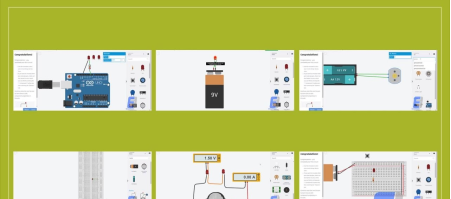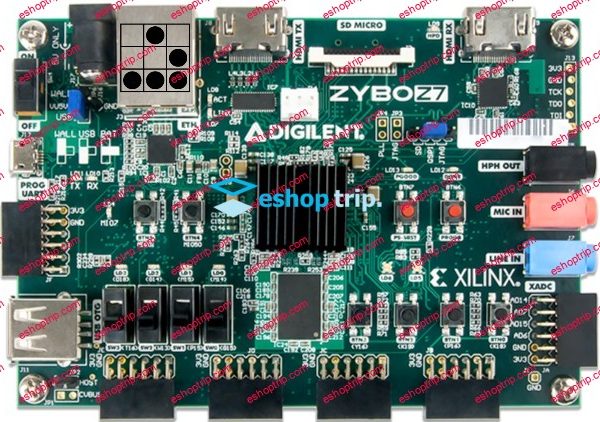Genre: eLearning | MP4 | Video: h264, 1280×720 | Audio: AAC, 44.1 KHz
Language: English | Size: 2.47 GB | Duration: 2h 40m
Learn to build robots that can automatically learn to behave well in their environments without explicit instructions.
What you’ll learn
Understanding the differences between Reinforcement Learning and the other AI paradigms.
Identifying areas in robotics where Reinforcement Learning can be applied.
Framing problems in robotics as Reinforcement Learning problems.
Applying the Multi-Armed Bandit algorithm to help robots to automatically learn expected behaviours.
Developing reward functions for Reinforcement Learning in robotic contexts.
Using Python to control sensor and actuators on EV3 Mindstorms robots.
Programming simple robots that can automatically learn the best actions to take in their environments.
Understanding the multi-armed bandit algorithm.
Balancing exploration and exploitation using various strategies.
Requirements
Be able to understand basic OOP programs in Python.
Basic algebra skills. If you know how to add, subtract, multiply, and divide number, then you are fit for this course.
Description
Diving into Reinforcement Learning can seem daunting if you don’t have the proper hands-on guidance. Many times, people have asked me whether they should master Deep Learning before delving into Reinforcement Learning and my answer has always been that “it depends on what you want to do with RL”. RL is a broad domain in its own respect. There are classical RL algorithms that can be learned and applied without any Deep Learning experience. There is also Deep Reinforcement Learning which leverages neural networks to help RL agents to learn proper behaviors in their environment through trials-and-error with reward functions.
This course has been designed to be the easiest and fastest basic entry point into RL and its applications in Robotics. From the first to the last videos, I explain every concept in RL in the context of robotics. I am intentional about this because I want to empower you to readily know when and how to apply RL techniques in Robotics. It is not an advanced course. Instead, it is your best option when you are getting started in RL (without any prior knowledge) and you are interested in being able to readily apply what you learn in your robotic projects.
Even though I use sensors and actuators from the EV3 Mindstorms robotics kit in the hands-on implementation sessions, you don’t necessarily have to purpose the kit to get the best out of this course. It will certainly enhance your learning experience if you have the kit but don’t worry if you don’t. Without the kit, you can still understand the concepts and apply them on any robotic platform. It is my desire that after finishing this course, your passion for RL will be ignited and you will study further to know about more advanced algorithms and techniques.
So, while this course won’t teach you how to build super-human capabilities into your robotics projects, you will certainly learn how to program robots to behave well in their environments without explicit instructions on what’s considered “proper behavior”.
Who this course is for
Anyone with a basic Python skills desiring to the started in Reinforcement Learning through robotics.
Experienced AI Engineers, ML Engineers, Data Scientist, and Software Engineers wanting to apply Reinforcement Learning to real business problems.
Robotic Engineers seeking how AI can be leveraged in their field.
Robotics enthusiasts desiring to add simple AI capabilities to their projects.
HOMEPAGE
https://anonymz.com/?https://www.udemy.com/course/practical-intro-to-reinforcement-learning-using-robotics











Reviews
There are no reviews yet.